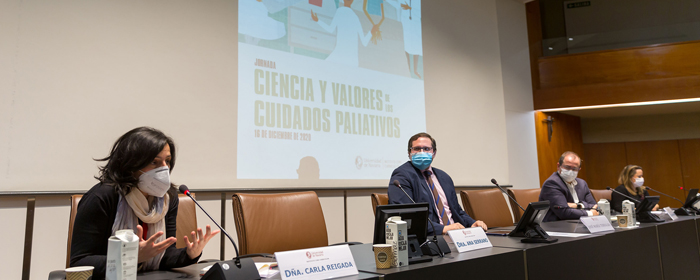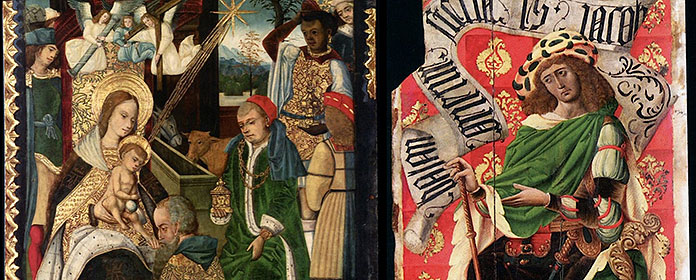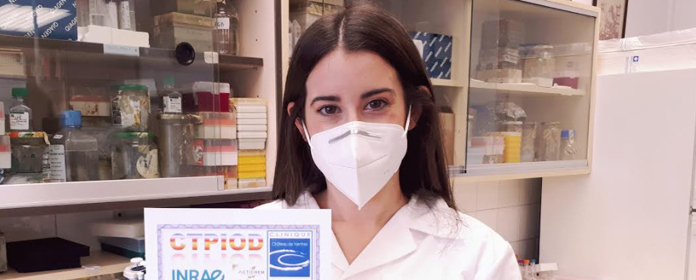The "torpevirus": by Ignacio López Goñi
The Microbiology professor participated in Naukas, the largest meeting on science and humor held in Spain.
Ignacio López-Goñi, Full Professor of Microbiology and author of the blog MicroBIO, has participated in the most relevant Science and Humor meeting in Spain: Naukas, which brought together in Bilbao 60 researchers and science popularizers from all over the country with the goal to bring science to society in an entertaining, fun and free way.
With researchers of the stature of Javier Burgos, one of the world's leading experts on Alzheimer's; or Eudald Carbonell, co-director of Atapuerca; the peculiarity of the event is that it offers ten-minute talks open to the public and interspersed with performances at position of science and humor groups as well known as The Big Van Theory.
In this context Ignacio López-Goñi presented his talk "We are viruses", where he explained how viruses have been able to intervene in our evolution and have a determining influence on our biology. Specifically, he took as an excuse the finding of a virus similar to Acanthocystis turfacea (also known as ATCV-1) -a virus of the unicellular green algae Chlorella heliozoea- in the throat microbiota of several people who participated in a research in the USA. The presence of a virus similar to Acanthocyst is turfacea (also known as ATCV-1) in the throat microbiota of several people who participated in a in the USA.
Now, a group of American researchers have published in PNAS(1), a suggestive work in which they have studied the viruses present in the throat of a group of healthy individuals. They were surprised to discover the presence of a virus very similar to Acanthocystis turfacea (also known as ATCV-1), a virus of the unicellular green algae Chlorella heliozoea. This virus belongs to the group of the Chloroviruses, viruses with DNA genome of the Phycodnaviridae family that infect certain green algae. It had never been seen infecting humans or being part of our virome, the set of viruses that inhabit our body.





